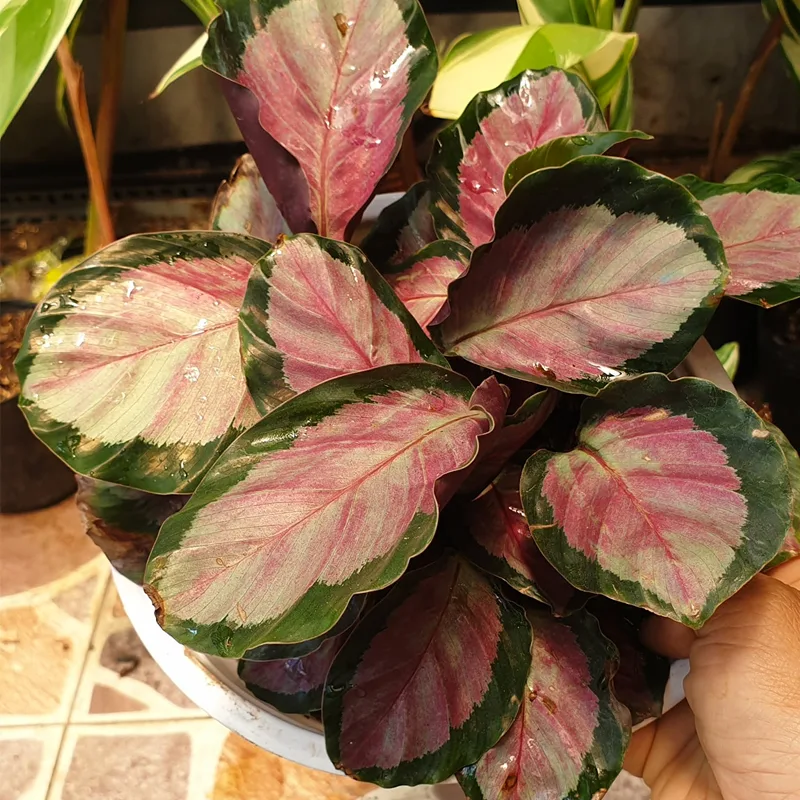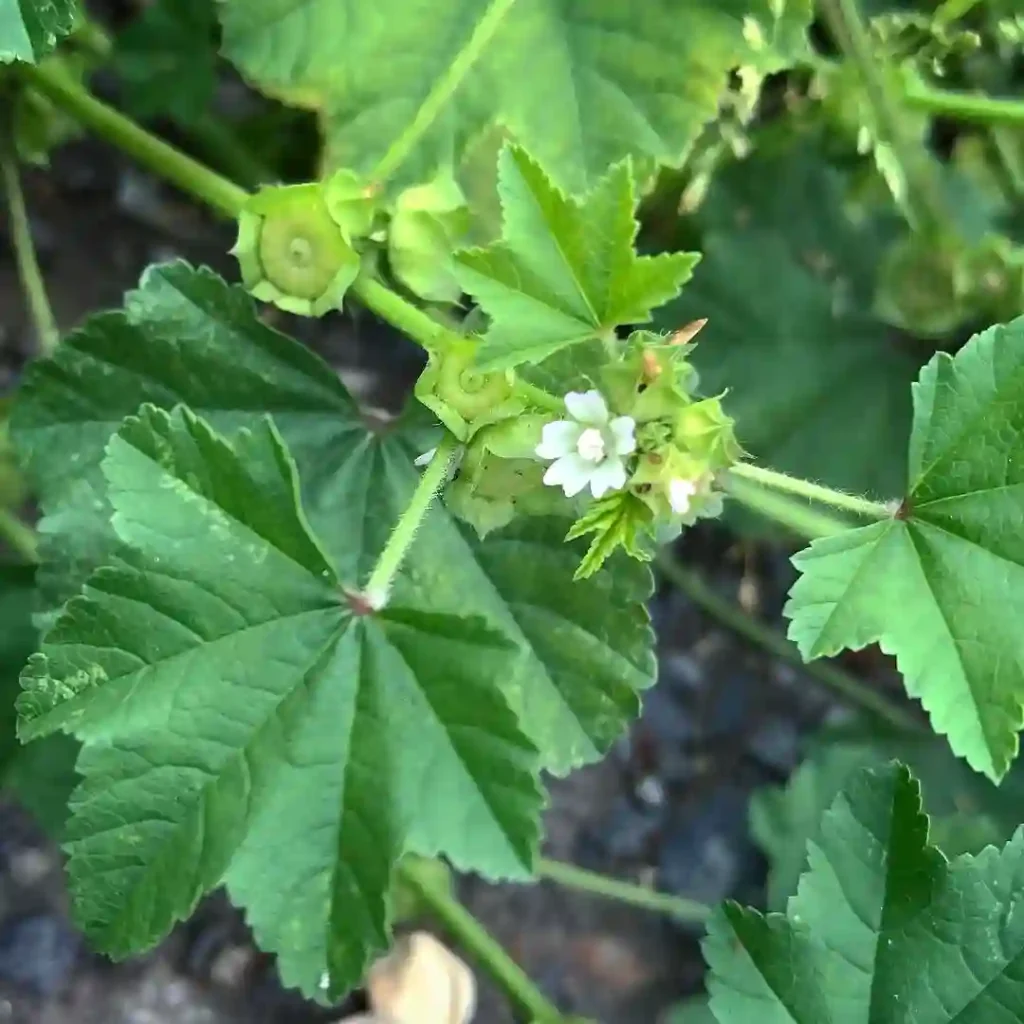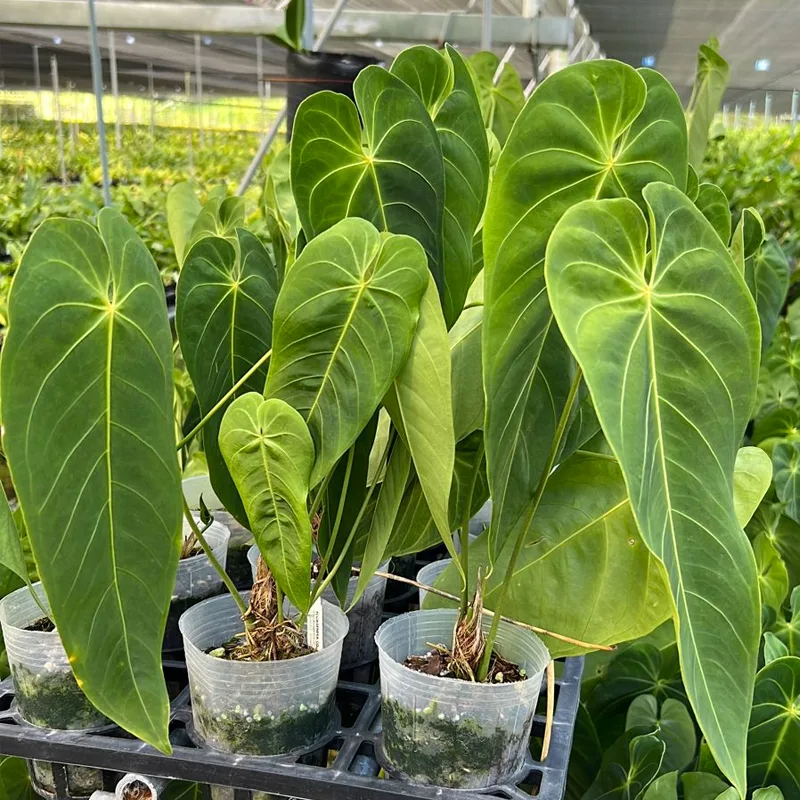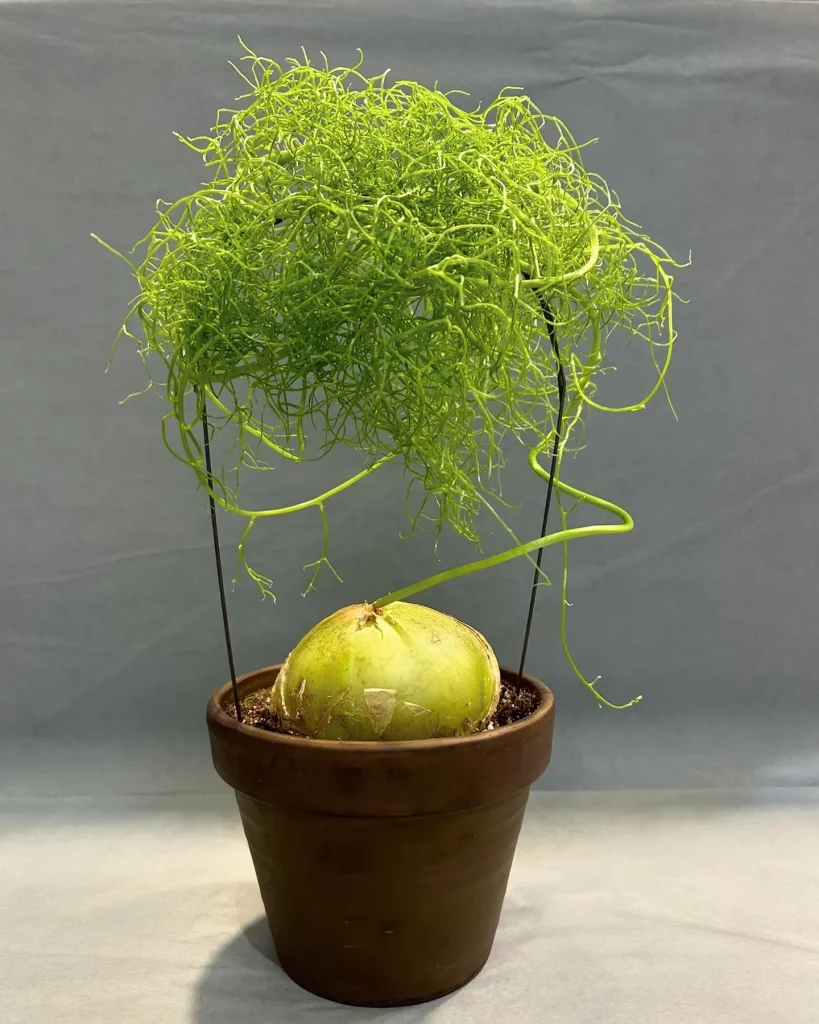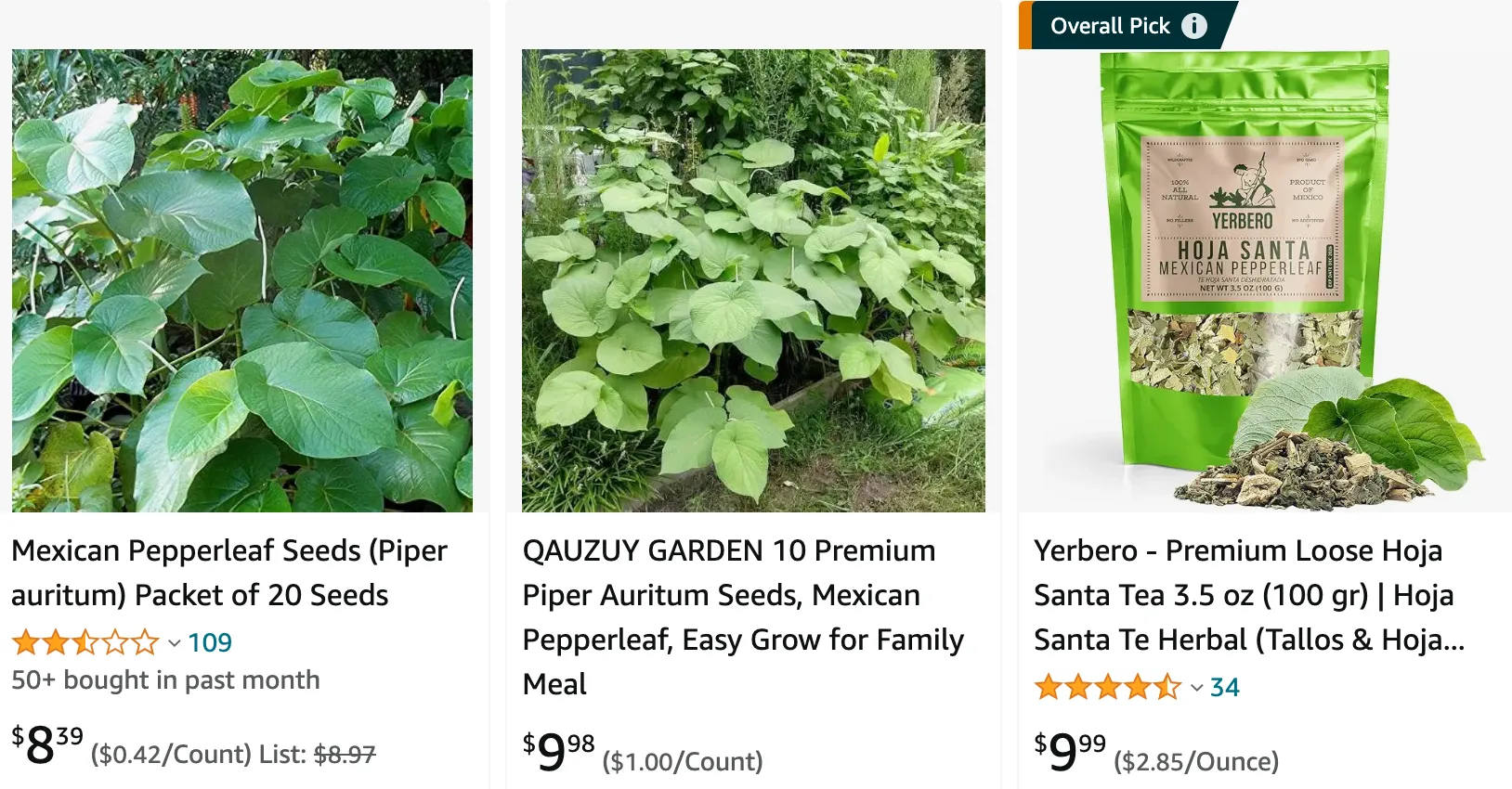
The Enchanting Allure of Piper Auritum: From Sacred Leaf to Culinary Canvas
My fascination with Piper auritum, also known as Hoja Santa (sacred leaf in Spanish), began with a single dish – a fragrant Oaxacan mole verde that burst with an unexpected, yet strangely familiar, flavor. It was like a symphony of peppery warmth, hints of licorice and sassafras, and a subtle minty coolness, all wrapped in a velvety texture. This unique herb, I soon discovered, held a rich history and a multitude of uses.
2425 Species in Genus Piper
What is Piper Auritum?
Piper auritum is a perennial herb belonging to the pepper family (Piperaceae). Native to the tropical regions of Central and South America, it boasts large, heart-shaped, velvety leaves that can grow up to 12 inches or more in size. The leaves are the prized part of the plant, offering a complex flavor profile that’s been compared to everything from eucalyptus and licorice to anise, nutmeg, and even black pepper.
Where to Buy Piper Auritum?
Finding Piper auritum can be a bit of an adventure, depending on where you live. Here are a few options to explore:
- Latin American grocery stores: These stores often carry a wider variety of fresh herbs, and you might find Hoja Santa nestled amongst the familiar cilantro and epazote.
- Online retailers: Several online retailers specialize in rare and unusual herbs, and Piper auritum is sometimes available. Be sure to check the shipping costs and seller reviews before placing an order.
- Farmers markets: If you have access to vibrant farmers markets with a focus on local and heirloom produce, keep an eye out for stalls selling specialty herbs. You might just get lucky and find a grower who cultivates Piper auritum.
How to Grow Piper Auritum?
If you’re the adventurous type and have a warm, humid climate, then growing your own Piper auritum is an exciting option. Here are some key points to consider:
- Climate: This plant thrives in warm, humid environments with temperatures consistently above 60°F (15°C).
- Soil: Hoja Santa prefers well-draining, fertile soil rich in organic matter.
- Propagation: Propagation can be done through stem cuttings or seeds. However, seeds can be slow and challenging to germinate, so cuttings are the preferred method.
- Light: While it enjoys dappled sunlight, Piper auritum can tolerate partial shade, especially in hotter climates.
- Watering: Keep the soil consistently moist, but avoid overwatering.
- Harvesting: You can start harvesting leaves once the plant reaches a decent size, typically after a year of growth.
What Country Does Piper Auritum Come From?
Piper auritum’s origins trace back to the tropical regions of Central and South America. Evidence suggests it was used by indigenous cultures for centuries, with historical references found in Mexico and Peru.
How to Care for Piper Auritum?
Caring for your Piper auritum is relatively simple, as long as you provide the right environment. Here are some additional tips:
- Fertilizer: A balanced organic fertilizer applied occasionally throughout the growing season can support healthy growth.
- Pests and diseases: This plant is relatively resistant to pests and diseases, but keep an eye out for common garden problems and address them promptly.
- Winter protection: If you live in a climate with cool winters, consider bringing your Piper auritum indoors or protecting it in a greenhouse or cold frame.
What to Plant with Piper Auritum?
Piper auritum can be a great companion plant for several reasons. Its large leaves can provide shade and protection for smaller, more delicate plants. Additionally, its unique aroma may deter some pests. Here are some potential companion plants to consider:
- Shade-loving vegetables like lettuce and spinach
- Herbs like mint and oregano
- Flowers like begonias and impatiens
Beyond the Plate: Unveiling the Other Uses of Piper Auritum
While Piper auritum shines in the culinary world, its uses extend beyond the kitchen. Traditionally, it held significance in spiritual rituals and medicinal practices. The leaves were used for wound healing, respiratory ailments, and even as a pain reliever.
The journey with Piper auritum has been a delightful exploration of flavor, history, and cultural significance. From the first bite of that Oaxacan mole to the prospect of cultivating this fascinating plant in my own garden, Hoja Santa has sparked a curiosity that continues to grow. So, if you ever encounter this unique herb, I encourage you to take a leap of faith and experience its enchanting allure for yourself.
If i die, water my plants!
